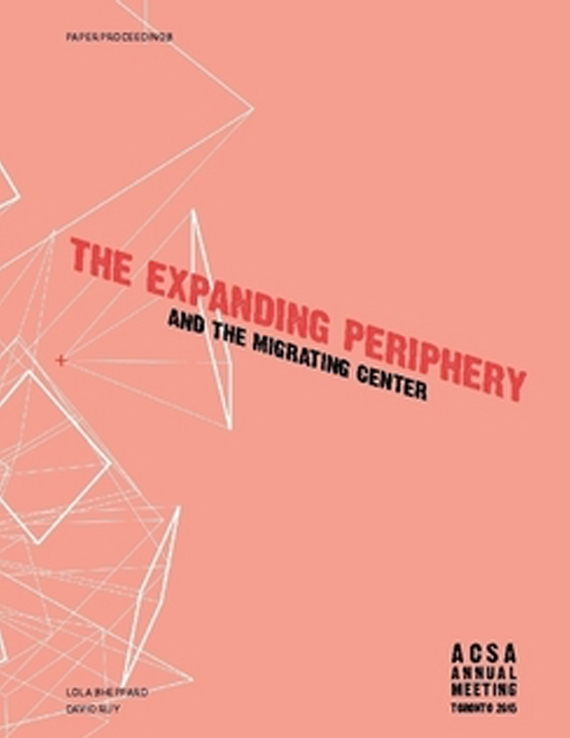Author(s): Amber Frid-Jimenez, Joseph Dahmen & Matthew Soules
This paper documents Pop Rocks, a temporary public space installation that covered the full block of 800-Robson Street in the center of downtown Vancouver. The project is a research-based investigation into how the creative use of waste material can enliven the public domain in simple yet remarkable ways. Pop Rocks was fabricated entirely from post-consumer and post-industrial waste from the metropolitan Vancouver region. The temporary nature of the civic commission highlighted the necessity for a profoundly efficient use of resources. The installation engaged tactically with these materials to produce soft forms that extend the typical range of active and passive social activities, fostering unexpected social encounters and new perspectives on the city. The built installation utilizes Teflon-coated fiberglass that was sewn into fifteen discrete shapes by a local sail maker. The fabric forms were then filled with re-ground post-consumer polystyrene packaging at a local manufacturing facility. The development of Pop Rocks employed an iterative modeling and prototyping process that derived final forms from the material logic of using fabric to contain granular aggregates. This responsive process-based methodology and its results are indicative of design operations that are increasingly relevant in the context of decreasing resources. Recycled architectures, such as Pop Rocks, mark a departure from traditional top-down form-heavy design methods towards a contingent, emergent, and tactical design ethos. This might be described as a new form of pragmatism that is not only ethically enticing but also promises new aesthetic, formal, social, and political frontiers. The soft suppleness of waste finds its avatar in built environments that challenge the dominance of the hardness in cities and its associated behavioral norms. The presence of soft forms at the core of the city extends the typical range of active and passive social activities, fostering unexpected social encounters and new perspectives on the city.
Volume Editors
David Ruy & Lola Sheppard
ISBN
978-0-935502-95-4

 Study Architecture
Study Architecture  ProPEL
ProPEL 
